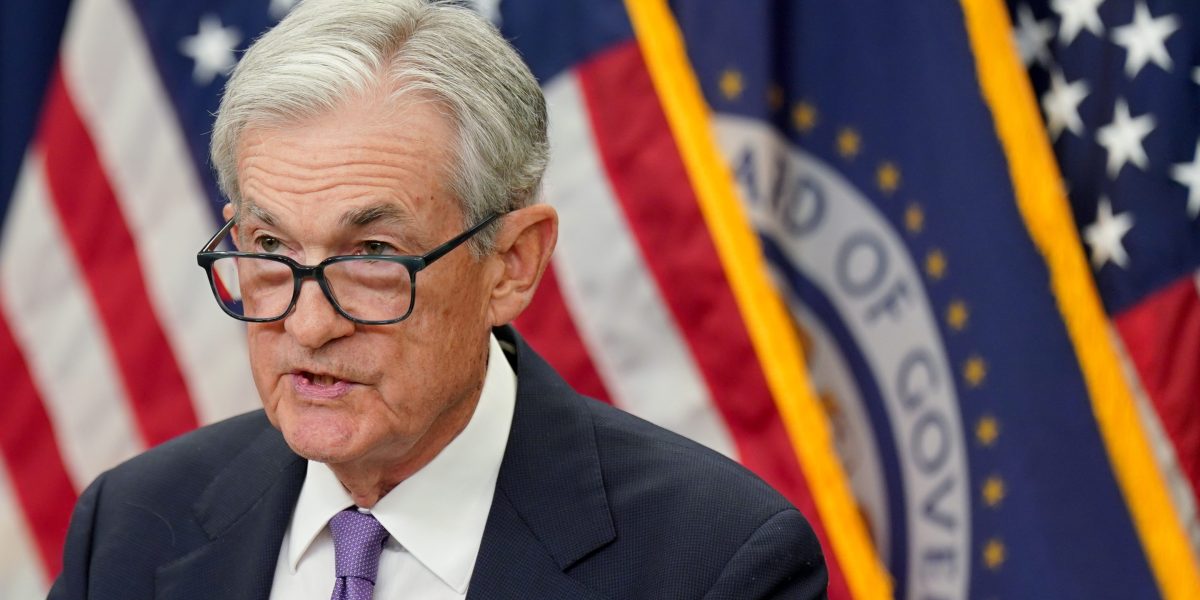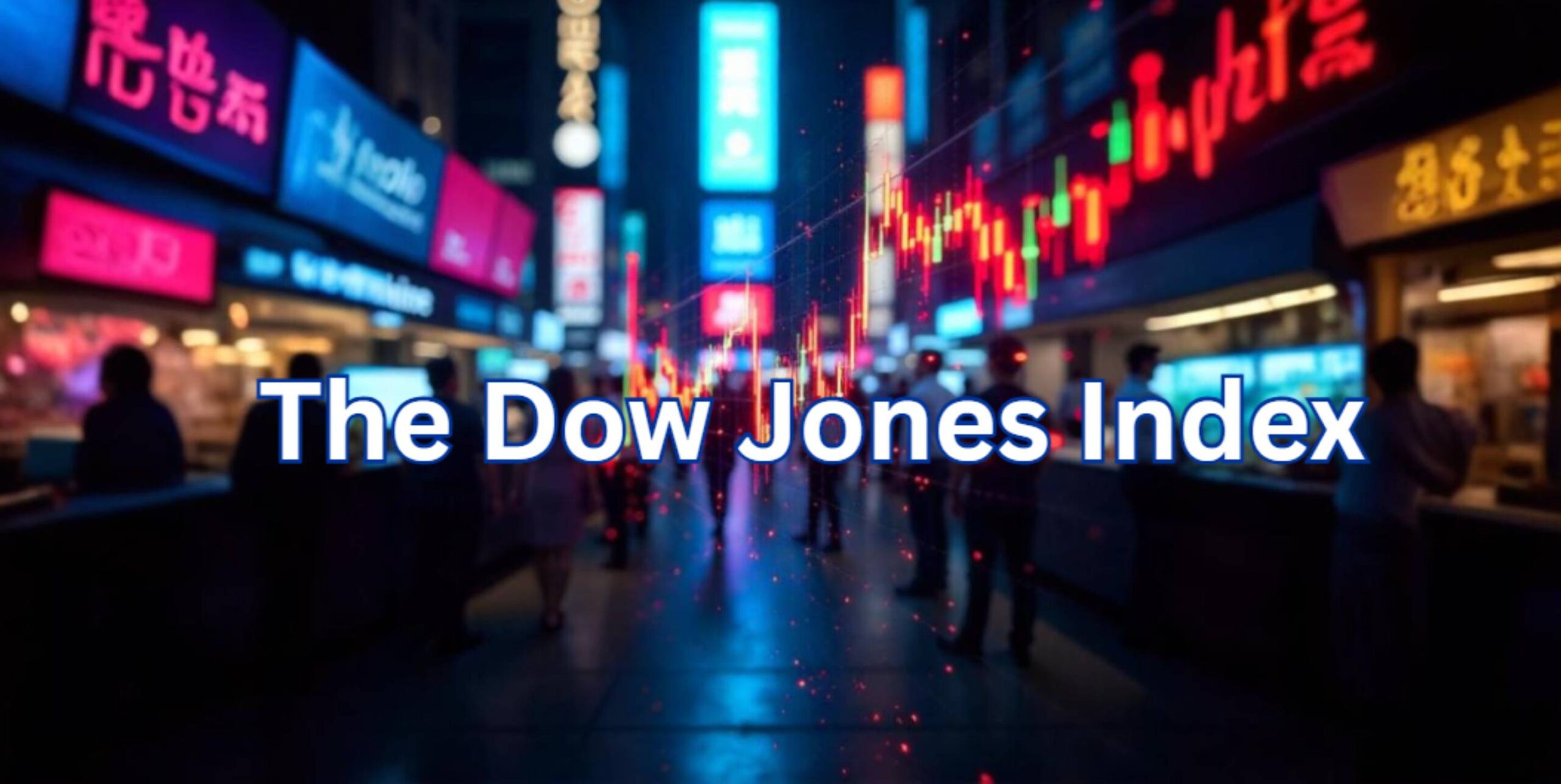Powell says that, unlike the dot-com boom, AI spending isn’t a bubble: ‘I won’t go into particular names, but they actually have earnings’


“I won’t go into particular names,” Powell told reporters after the Fed’s policy meeting, “but they actually have earnings.”
“These companies… actually have business models and profits and that kind of thing. So it’s really a different thing” than the dot-com bubble, he added.
The comments mark what seems like Powell’s most direct acknowledgment yet that AI’s corporate build-out—spanning hundreds of billions of dollars in data-center and semiconductor investments—has become a genuine engine of U.S. growth.
A productivity play, not a rate-sensitive one
Powell emphasized that the explosion of AI spending isn’t being driven by monetary policy—or by cheap money.
“I don’t think interest rates are an important part of the AI or data-center story,” he said. “It’s based on longer-run assessments that this is an area where there’s going to be a lot of investment, and that’s going to drive higher productivity.”
That remark cuts against one market narrative that loosening financial conditions might be fueling an asset bubble in tech. Instead, Powell suggested that the AI build-out is more structural: a bet on the long-term transformation of work. From Nvidia’s on track to have half a trillion dollars in revenue to Microsoft and Alphabet’s multi-hundred-billion-dollar capital-expenditure plans, the scale is unprecedented. But, in Powell’s telling, it’s also grounded.
Goldman Sachs agrees. In a research note titled “The AI Spending Boom Is Not Too Big,” chief U.S. economist Joseph Briggs argued that “anticipated investment levels are sustainable, although the ultimate AI winners remain less clear.”
Briggs and his team estimated that the productivity unlocked by AI could be worth $8 trillion in present value to the U.S. economy, and potentially as much as $19 trillion in high-end scenarios.
“We are not concerned about the total amount of AI investment,” the Goldman team wrote. “AI investment as a share of U.S. GDP is smaller today (<1%) than in prior large technology cycles (2%–5%).” In other words, there’s still plenty of room to run.
Powell’s framing echoes that view: the AI race, while frothy at times, is being financed mainly through corporate cash flow rather than speculative debt.
A real-economy impact
Powell noted that the investment wave is showing up in the real economy. “It’s the investment we’re getting in equipment and all those things that go into creating data centers and feeding the AI,” he said. “It’s clearly one of the big sources of growth in the economy.”
Those remarks align with private-sector estimates. JPMorgan economists have projected that AI-related infrastructure spending could add up to 0.2 percentage points to U.S. GDP growth over the next year, roughly the same annual boost that shale drilling delivered at its peak.
The boom has already pushed industrial power demand to record levels and forced utilities to fast-track grid expansion, confronting with the realities of a too-slim grid. The AI boom isn’t just reflected on paper, in other words: Powell is talking about cranes, concrete, capital goods.
Not without caution
Still, Powell didn’t give AI a free pass. He stressed that while the current investment surge looks healthy, it’s too early to call it a permanent productivity revolution.
“I don’t know how those investments will work out,” he said.
For all its promise, the AI economy is unevenly distributed: capital-intensive and concentrated among a handful of firms. Economists warn that productivity gains from AI will take years to filter through the broader workforce, and that automation could suppress hiring in sectors now driving demand.
Powell acknowledged as much when he noted that many recent layoff announcements from major corporations “are talking about AI and what it can do.”There’s an irony, there: the same technology boosting output may also slow job creation—one of the central bank’s two mandates.
Powell said job growth, adjusted for statistical over-counting, is now “pretty close to zero.”Powell says that, unlike the dot-com boom, AI spending isn’t a bubble: “I won’t go into particular names, but they actually have earnings”





